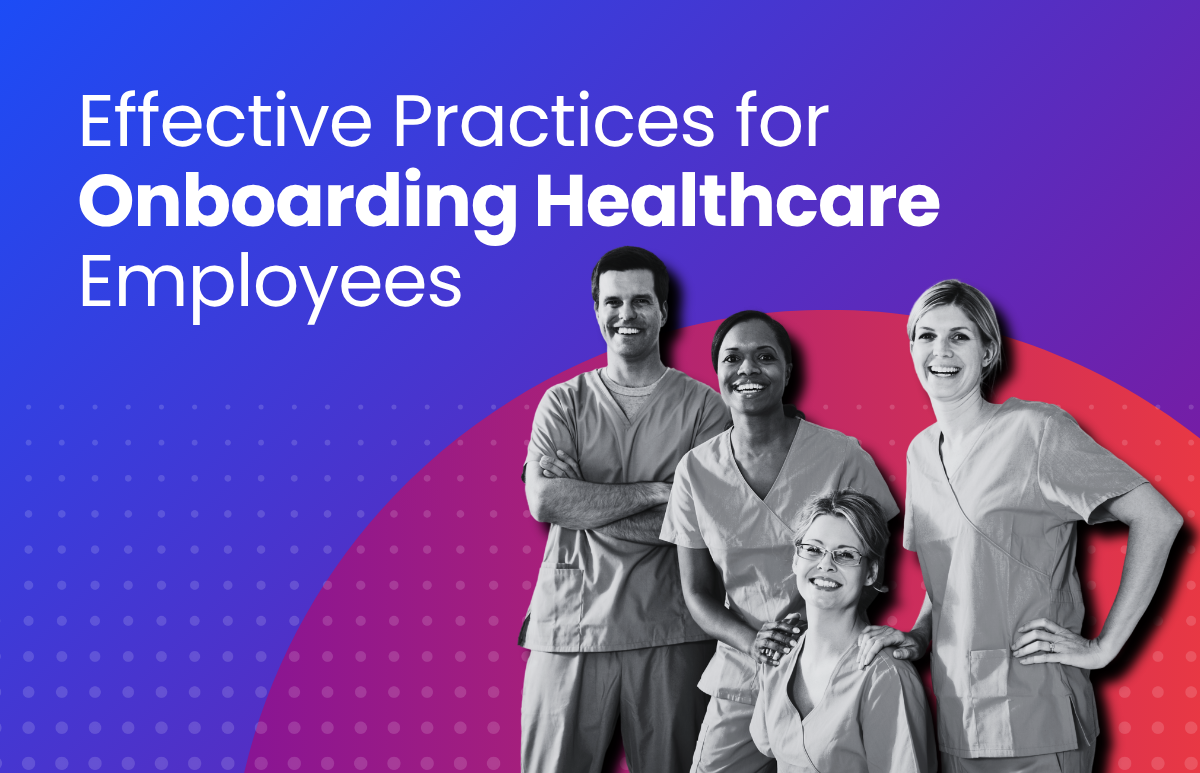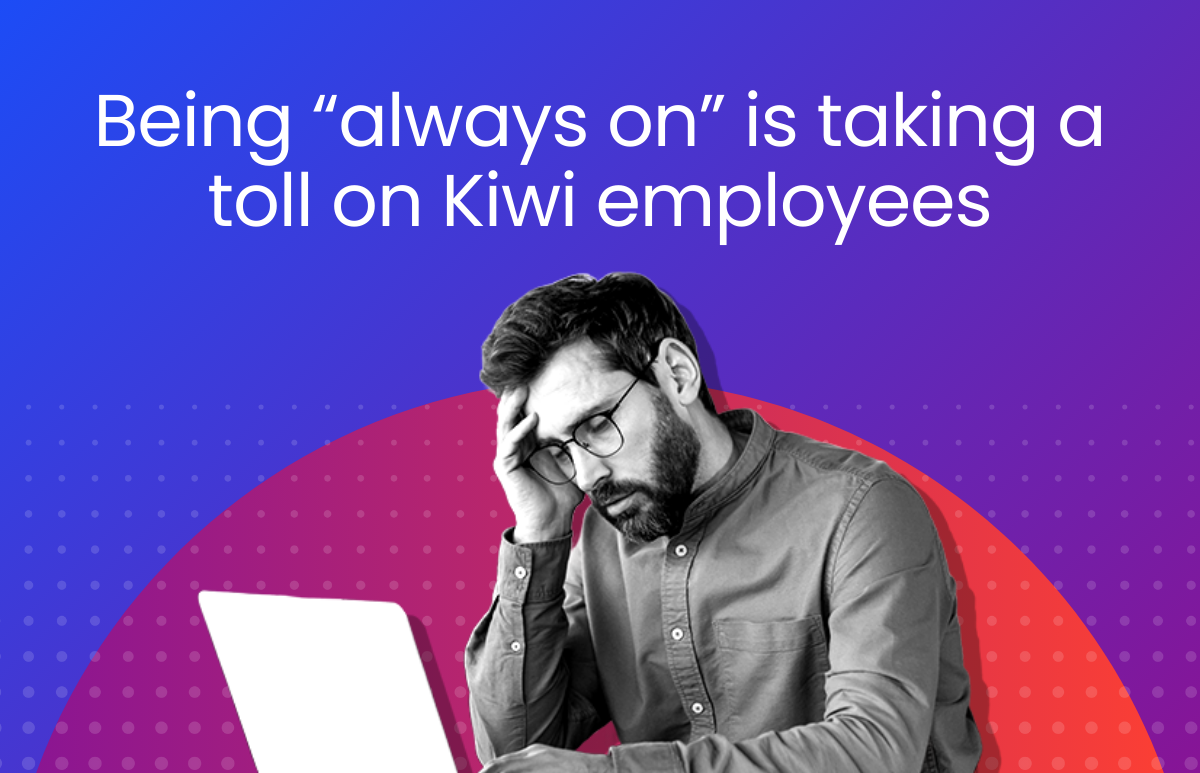A Guide to 1:1 Meetings

1:1 meetings, or one-on-one meetings, are regular check-ins between two people in an organisation, typically a manager and an employee. These meetings are essential to building strong relationships, providing feedback, and fostering employee growth. However, many managers and employees struggle to make the most of their 1:1s, commonly using them as a WIP meeting rather than a meeting focused on the individual.
The benefits of 1:1 meetings
1:1 meetings offer a multitude of benefits for both managers and employees. For managers, these meetings provide an invaluable opportunity to:
- Build rapport and trust with their team members: Regular communication between managers and employees helps build trust and understanding.
- Gain valuable feedback on their management style: Employees can give feedback to their manager, making the team better.
- Identify and resolve potential problems early on: Regular check-ins help managers fix problems before they get worse.
- Provide personalised coaching and mentorship: Managers can help each employee grow in their way.
- Support employees in achieving their goals: Managers can help employees succeed by understanding their goals and giving them help.
For employees, 1:1 meetings provide a platform to:
- Receive constructive feedback on their performance: Feedback helps employees learn and grow.
- Ask questions and seek guidance: Employees can talk to their manager about problems and get help.
- Discuss career goals and aspirations: Managers can help employees plan their careers.
- Feel valued and appreciated: Talking to employees often shows they are valued.
Preparing for effective 1:1 meetings
To maximise the benefits of 1:1 meetings, both managers and employees should take the time to prepare adequately. Here are some key steps for effective preparation:
Managers:
- Review employee performance reviews and goals: Review the employee’s recent work, accomplishments, and progress toward goals.
- Formulate open-ended questions: Prepare thought-provoking questions that encourage open dialogue and allow employees to share their perspectives.
- Encourage employee participation: Encourage employees to contribute their agenda items or questions, ensuring the meeting addresses their concerns and interests.
- Send a meeting agenda in advance: Tell the employees what you will discuss in the meeting so they can get ready.
Employees:
- Review past 1:1 meeting notes: Look at notes from past meetings to see how things are going.
- Reflect on personal and professional goals: Discuss the employee’s development, goals, and challenges.
- Prepare questions for the manager: Ask the employee questions about their work, career, or well-being.
- Gather relevant information: Collect any documents, reports, or data that may be pertinent to the discussion.
Making the most of your 1:1 meeting
Both managers and employees should talk and listen to each other in 1:1 meetings. Here are some key tips for maximising the benefits of the meeting:
- Create a safe and confidential space: Make sure the manager and employee feel safe talking freely.
- Active listening and engagement: Listen carefully to the speaker and show that you are interested.
- Open-ended questions for deeper dialogue: Utilise open-ended questions to encourage elaboration, insights, and a deeper understanding of the employee’s perspective.
- Focus on strengths and areas for development: Balance positive reinforcement with constructive feedback, providing actionable suggestions for improvement.
- Positive and encouraging approach: Be positive and supportive, and help the employee feel good about their work.
Action items and follow-up
Decide what to do next and set up the next meeting. Here are some key steps for effective
Summarise key takeaways and action items: Go over the main points and what each person needs to do next, with due dates. This ensures that everyone is on the same page and that there is a clear path forward.
Document the meeting notes: Share a summary of the meeting with the employee for reference and future discussions. This helps to track progress and ensures that important information is not lost.
Schedule the next 1:1 meeting in advance to keep up with regular check-ins.
Check-in on progress: During the next 1:1 meeting, check in on the progress of the action items from the previous meeting. This demonstrates accountability and provides an opportunity to offer additional support or guidance as needed.
Celebrate successes: Recognise and celebrate the employee’s achievements, both big and small. This helps to boost morale, foster a positive work environment, and reinforce desired behaviours.
Continuous improvement: Always seek feedback from the employee on how to improve the effectiveness of the 1:1 meetings. This shows that you want to make the meetings better for both of you.
Nurturing psychological safety and building trust
Establishing psychological safety is paramount for effective 1:1 meetings. Psychological safety means feeling safe to talk your mind. When employees feel safe to talk freely, they are more likely to give helpful feedback and try new things.
Managers can foster psychological safety by:
- Creating a welcoming and inclusive environment: Encourage everyone to talk, listen to each other, and respect each other’s ideas.
- Demonstrating empathy and understanding: Acknowledge and appreciate the employee’s efforts, showing genuine care for their well-being and professional development.
- Avoiding blame and focusing on solutions: When addressing challenges, focus on identifying root causes and collaboratively developing solutions, rather than assigning blame.
- Encouraging self-reflection and growth: Encourage employees to reflect on their experiences, identify learning opportunities, and embrace continuous improvement.
- Protecting confidentiality: Respect the privacy of the employee’s discussions and ensure that sensitive information is handled with discretion.
When managers make employees feel safe to talk freely, 1:1 meetings are more helpful.
Increased employee engagement and performance
Regular 1:1 meetings play a significant role in enhancing employee engagement and performance. By consistently connecting with their team members, managers can:
- Align individual goals with company objectives: Talk about the employee’s career goals and how they can help the company reach its goals.
- Provide timely feedback and recognition: Give employees feedback on their work, both good and bad, and celebrate their successes to help them keep doing their best.
- Address concerns and roadblocks early on: Help employees overcome any problems so they can work better.
- Empower employees with resources and support: Give employees the tools and support they need to do their best work.
- Promote open communication and collaboration: Encourage open communication, collaboration, and knowledge sharing among team members, fostering a sense of community and collective ownership.
By having regular 1:1 meetings, managers can help employees feel supported and motivated, which can lead to better performance for the company.
Leveraging Tools for Virtual Meetings
Virtual meeting tools like Zoom, Google Meet, and Microsoft Teams have become indispensable for conducting 1:1 meetings remotely. These tools offer several advantages:
- Convenience and flexibility: Virtual meetings eliminate geographical constraints, allowing for meetings regardless of location or time zone differences.
- Cost-effectiveness: Virtual meetings reduce travel costs and expenses associated with in-person gatherings.
- Screen sharing and annotation tools: These tools facilitate visual collaboration, enabling the sharing of documents, presentations, and real-time annotations.
Integrating Technology for Enhanced Productivity
Technology can be integrated effectively to enhance the productivity of 1:1 meetings:
- Pre-meeting preparation tools: Use cloud-based tools to get ready for meetings and make agendas.
- Meeting notes and action items: Use digital tools to take notes and keep track of action items.
- Feedback and performance tracking tools: Use performance management software to track goals, give and receive feedback, and measure performance, so employees are accountable and can keep improving.
Conclusion
1:1 meetings are a great way to strengthen manager-employee relationships, build trust, and grow. By following these tips, managers can make 1:1 meetings more helpful for everyone.
In 1:1 meetings, go beyond updates and tasks. Focus on building connections, offering personalised support, and empowering employees to excel. Embrace the power of 1:1 meetings and watch your team flourish.
 HR Core
HR Core 









